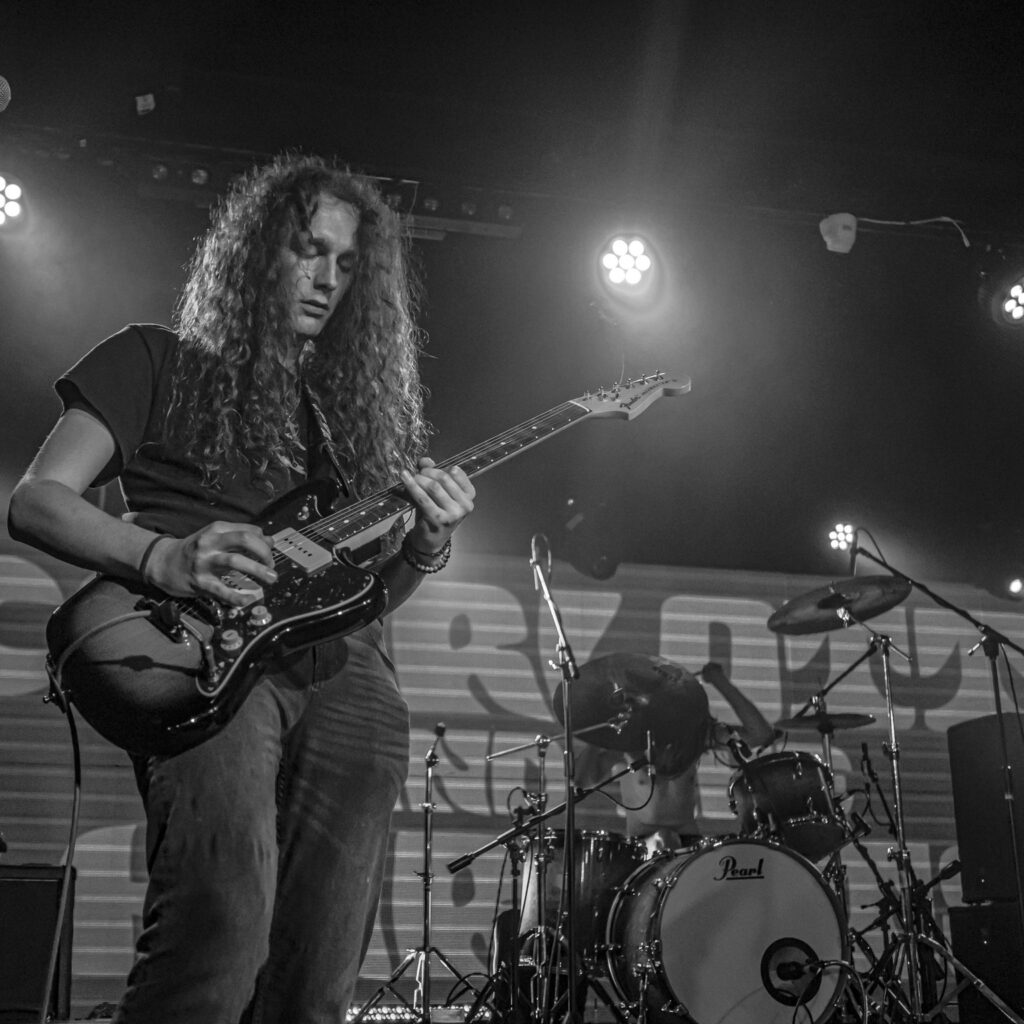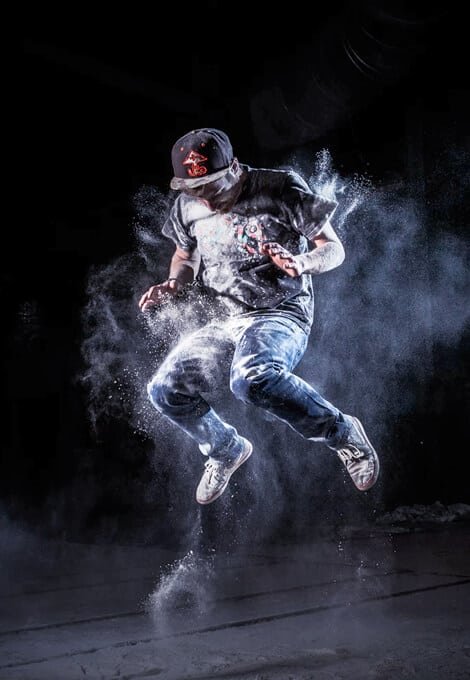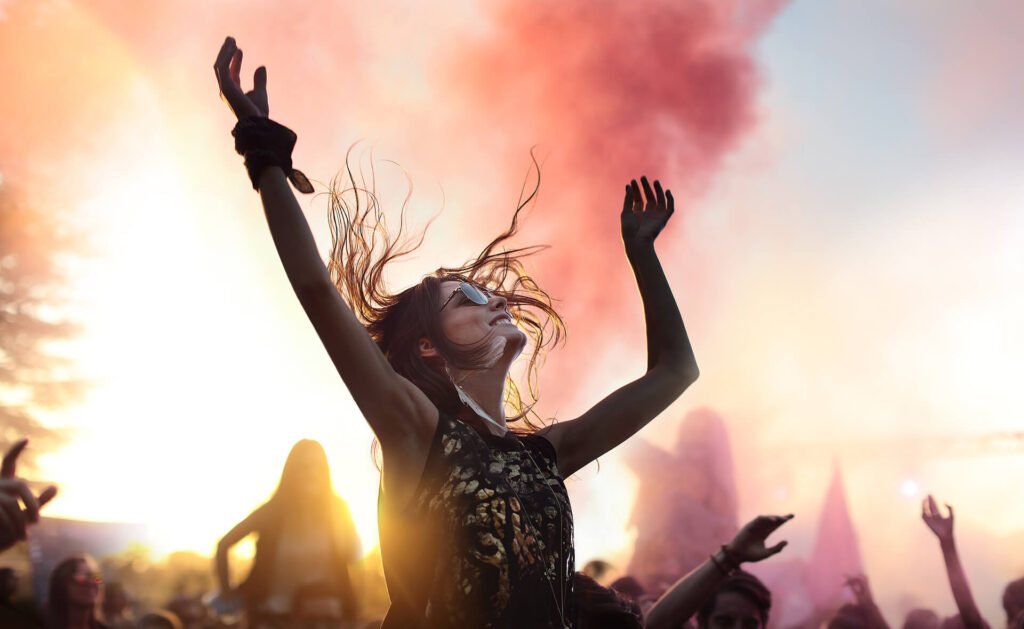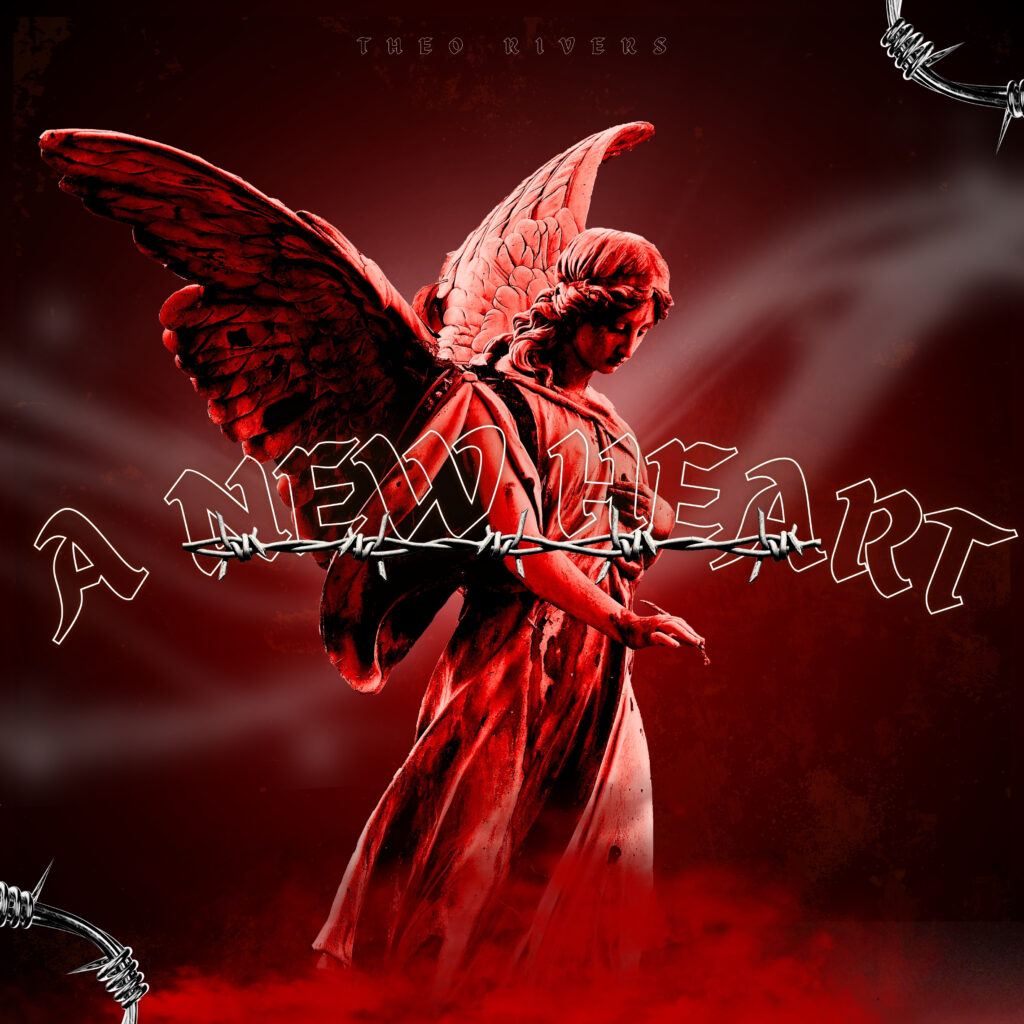
In the ever-evolving music industry, streaming services like Spotify have become indispensable for indie artists looking to reach a broader audience. However, recent developments in Spotify’s fake stream detection system have raised serious concerns among indie musicians. Could this new technology be flawed and risky for genuine artists?

What is Spotify’s Fake Stream Detection?
Spotify’s fake stream detection is a sophisticated algorithm designed to identify and eliminate artificial streams. These are typically generated through bots or other illegitimate means to inflate an artist’s streaming numbers. While the intention behind this system is to maintain fairness and integrity on the platform, its implementation has sparked controversy.
How Does This Affect Indie Artists?
False Positives: A Real Threat
The primary concern is the risk of false positives. Indie artists often rely on organic growth through grassroots marketing efforts, including playlist placements and social media promotions. However, these legitimate strategies can sometimes mimic the patterns of fake streams, leading to unwarranted penalties.
Revenue Loss
For many indie artists, streaming revenue is a crucial income source. If Spotify’s system mistakenly identifies their streams as fake, it can result in the removal of tracks or even entire accounts. This not only impacts their earnings but also their reputation and growth potential.
Algorithmic Bias
Another issue is the potential bias in the algorithm. Smaller, independent artists who don’t have the backing of major labels may find themselves disproportionately affected. This raises questions about the fairness and inclusivity of Spotify’s detection system.
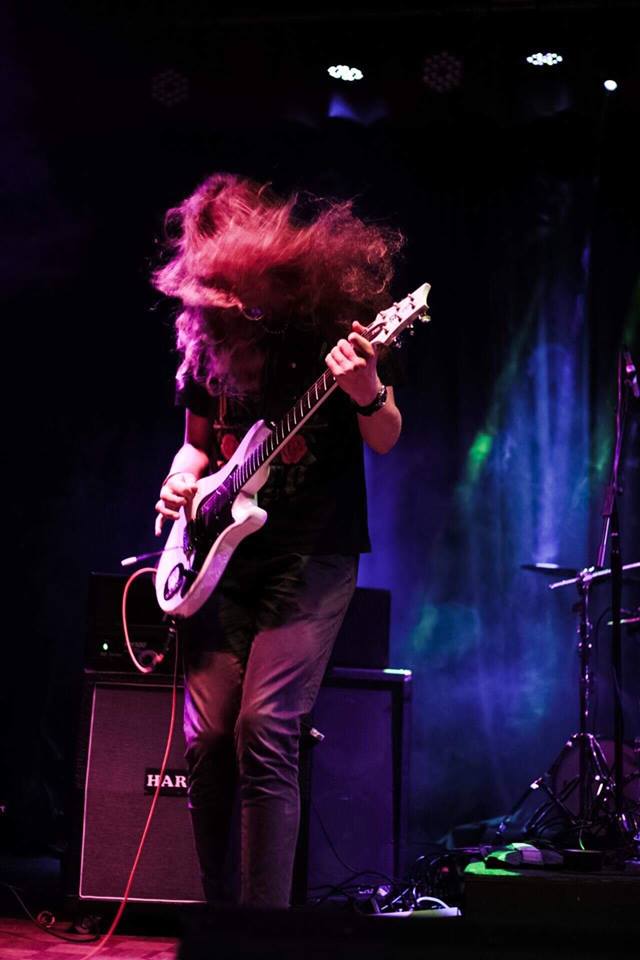
What Can Indie Artists Do?
Monitor Your Streams
Keep a close eye on your streaming numbers and patterns. If you notice any sudden, unexplained spikes, investigate the source. Being proactive can help you identify potential issues before they escalate.
Engage with Your Audience
Authentic engagement with your audience is key. Encourage your fans to follow you on Spotify, add your tracks to their playlists, and share your music. Genuine interaction can help differentiate legitimate streams from fake ones.
Use Trusted Promotion Services
Be cautious when selecting promotional services. Ensure they are reputable and comply with Spotify’s terms of service. Avoid any service that guarantees a specific number of streams, as this can be a red flag.

Conclusion
While Spotify’s fake stream detection system aims to uphold the integrity of the platform, it poses significant risks for indie artists. By staying informed and taking proactive measures, you can protect your music and livelihood. However, the onus is also on Spotify to refine its technology and ensure it doesn’t unfairly target genuine artists. Remember, your music deserves to be heard, and maintaining its authenticity is paramount. Stay vigilant and continue creating with integrity.
Keywords: Spotify fake stream detection, indie artists, streaming services, algorithm bias, false positives, revenue loss, music industry, grassroots marketing, promotional services, audience engagement.
Spotify’s New Fraud Penalty System: What Indie Artists Need to Know
Hey everyone, this is Alex. Welcome back to my channel. Recently, I made a video discussing how Spotify screwed over more than 60 million artists and how their new royalty payment structure might not stop bot activity. Instead, it could increase it because indie artists might feel compelled to use bots to get thousands of streams on their songs to qualify for royalties. So let’s discuss who will be affected and how it might impact you as an artist.
What’s Going On?
Starting in Q1 of 2024, Spotify is rolling out a new fraud penalty system. First, they decided to demonetize millions of songs, and now they say if you use bots, you owe them money. My biggest confusion is why $10? Who came up with this number? Their monthly premium is $9.99, but if people use bots, they will have to pay $10. Okay, let’s let it slide for now. $10 it is. Some genius at Spotify decided that this fine is cool, and you know people are going to start panicking because they’re worried about 10 bucks. But what are they charging it for? Spotify will charge $10 per track if it’s found that over 90% of its streams are from non-human fans.
The 90% Threshold
Wait, so if someone has a thousand streams and 89% are bots, this track will be safe, but they will penalize whoever has 90% or more? This doesn’t make any sense at all. So if you’re watching, make sure to keep your bot activity below 90%. Just kidding, don’t use bots. Never use bots. It will hurt you in the long run and will completely ruin your algorithms.
The Impact on Indie Artists and Distributors
Personally, I think it’s another hit against indie artists and distributors. Distributors like TuneCore and DistroKid take anything and everything, turning Spotify into a big trash can filled with songs and random noises that no one listens to. So this fine might shift distribution into a more positive and selective environment, hopefully.
At the end of the day, Spotify has to pay royalties even for bad streams. They don’t want to do that, which is understandable. When a song crosses the 90% threshold of artificial popularity, the label, artist, or distributor gets the bill. According to Spotify, this targets tracks mostly fueled by bots, keeping most legitimate indie and major label tracks safe.
Questions and Concerns
I have so many questions. If Spotify determines that a song is botted and they fine them $10, then what? Will the song be taken down? If the song has 1 million streams, that’s around $4,000 in royalties. So if the song is botted, will they take $10 and then pay the remaining $3,990? Will streams be removed? Is there a way to appeal? I highly doubt that humans will be checking every track to decide if it has bots or not. They will most likely be using AI to determine it, but AI might be wrong and decide that the song is botted even if it’s not. I hope they will allow people to appeal, but even if they do, it probably won’t do much.
The Role of Third-Party Playlists
Third-party playlists will be affected the most. A few years ago, Spotify’s third-party playlists were super popular and actually legit. When Spotify started, a lot of high school kids began making their own playlists, adding songs they liked, and those playlists became super popular. One of the biggest lists used to be “Songs to Cry To,” generating a lot of streams, saves, and actually helping artists get discovered.
Fast forward to today, almost 99% of third-party playlists are botted. The streams from these playlists are surpassing their followers, and when your song is added to these playlists, your backend data will look like a blueprint from a theme park roller coaster.
The Market for Fake Streams
There is a market for fake streams, and it’s huge. It works in two ways: as a sales pitch and also as a buffer to confuse the anti-bot algorithm. Playlist owners will sell the streams, claiming they are promoting famous artists, which they’re not, and it will also confuse the AI into thinking that the streams are real because it starts from a song that is popular. So the way the bots run on these playlists is that it starts from the first popular song and waterfalls down in order or just randomly, so each song gets a stream, and then it repeats over and over again with multiple bots at the same time.
Final Thoughts
In my opinion, once Spotify starts cracking down on fake streams, these playlists will be gone first, and it will at least somewhat clean up Spotify from bots. I’m honestly hoping that farms will get under control at some point. From a digital marketer’s point of view, I do not bot and never will because I simply don’t believe in it. I would rather let the artists know that their campaign is not working and help them adjust instead of lying and pretending that everything is going great.
Artists want numbers, and they want them fast, and I understand why. When they work hard on making a song, creating a video, and no one listens or watches it, it’s very discouraging. I feel it myself. I spend time making a video, release it, and barely get any views. It’s very upsetting, but I know it takes time, and there are no shortcuts. But a lot of artists simply don’t understand that. They don’t want to spend money promoting their songs for real and instead would just pay a streaming farm to get thousands of streams so it looks like people care.
Social proofing does exist, and it does mess with your head, but don’t get tempted. It takes time to promote your songs. If you do it the right way, you will build a successful career. So I feel like Spotify is at least trying to take steps in the right direction. They will most likely mess it up one way or another, but eventually, it will diminish bot activity, hopefully.
And this is our video for today. Make sure to hit the like button and subscribe. Keep grinding, stay inspired, and God bless.
